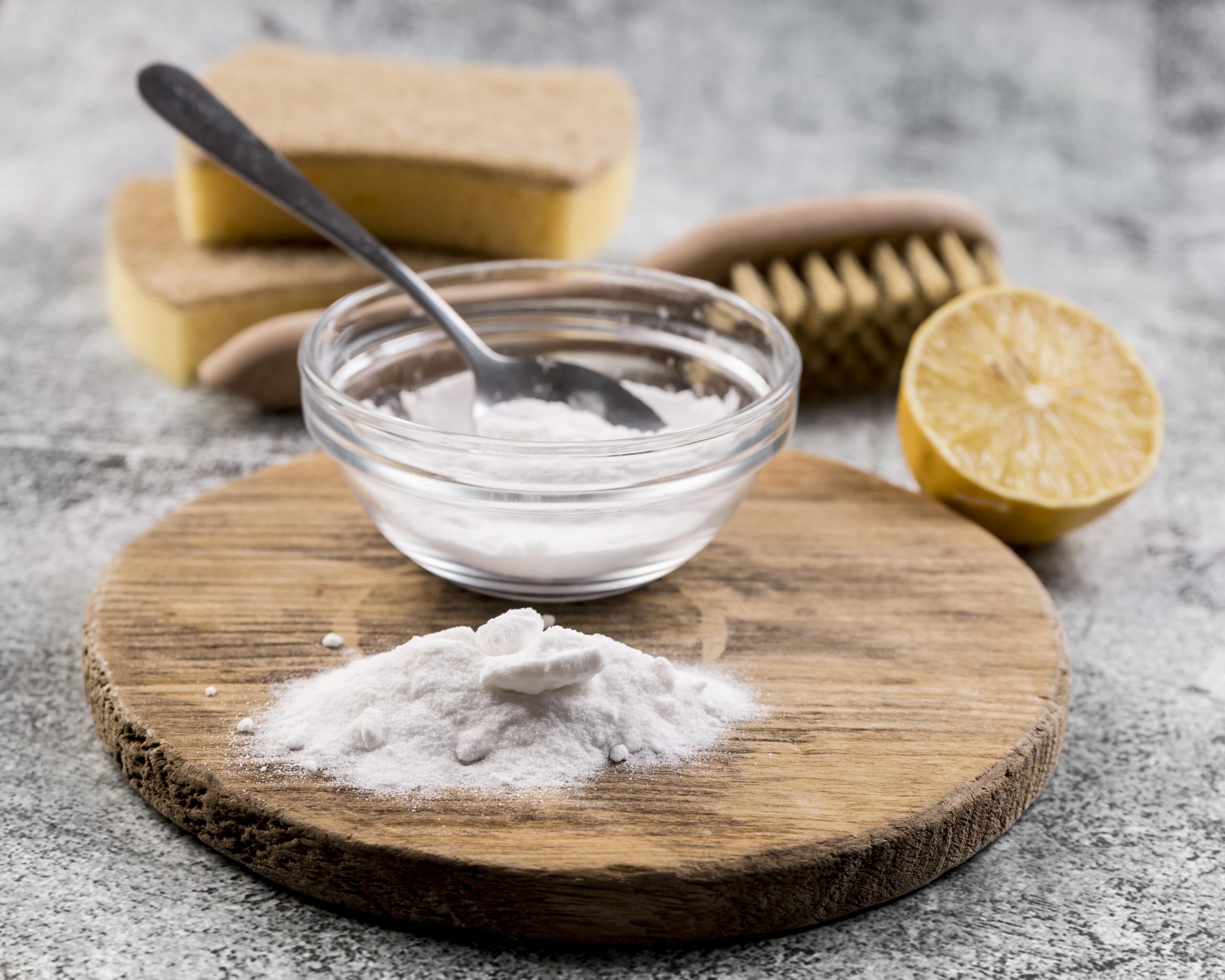In nature, animals have an innate sense of what their bodies need for survival. Among these needs is the intake of minerals, crucial for growth, reproduction, and overall well-being. One of the primary sources from which animals obtain these vital minerals is a salt lick. Whether found naturally in the wild or provided by humans, salt licks are key to supporting the health of various animal species. They have become a focal point in wildlife management, agriculture, and environmental studies.
Algohar World natural salt lamps that are believed to provide various benefits, combining both the aesthetic appeal and the potential health advantages associated with Himalayan salt lamps.
What is a Salt Lick?
A salt lick is a mineral deposit where animals can go to lick essential nutrients, primarily salts. These deposits can occur naturally in the wild, formed by mineral-rich soil, rocks, or water sources that seep through salt deposits. Alternatively, humans may create artificial salt licks to provide for domestic animals or to attract wildlife.
Types of Salt Licks
Salt licks can be categorized into two main types:
Natural Salt Licks
These are areas where salt deposits are naturally found in the soil or rocks. As water passes through these areas, it carries minerals to the surface, where animals can access them. Natural salt licks can be found in various environments, including forests, mountainous regions, and plains.
Artificial Salt Licks
These are salt blocks or mineral supplements provided by humans. Common in agricultural settings, artificial salt licks are used to provide livestock with essential nutrients. They are also placed in wildlife areas to attract animals for observation, hunting, or conservation purposes.
The Role of Salt in Animal Health
Salt is composed of sodium and chloride, two essential elements required for animal health. Sodium plays a crucial role in nerve function, muscle contraction, and fluid balance, while chloride is involved in digestion and maintaining proper blood pressure. The need for salt in animals varies based on species, environment, diet, and individual metabolic requirements.
Why Animals Seek Out Salt Licks
Animals instinctively seek out salt licks to meet their physiological needs. Most herbivores, for example, consume diets that are naturally low in sodium, such as plants, which can lead to a sodium deficiency. This deficiency drives them to find external sources of salt to balance their diet. Carnivores and omnivores, while obtaining sodium from their prey, may still seek out salt licks for other minerals not sufficiently available in their food.
Note: animal salt lick provide a range of benefits for wildlife, livestock, and the ecosystems they inhabit. These mineral-rich deposits or blocks play a critical role in promoting animal health.
Common Animals That Use Salt Licks
Salt licks are visited by a variety of wildlife and domesticated species. Some of the most common animals include:
Deer
White-tailed deer, mule deer, and elk frequently visit salt licks. They need the minerals to support antler growth, lactation, and general health.
Bison and Cattle
Large herbivores such as bison and cattle are drawn to salt licks to compensate for mineral deficiencies in grass-based diets.
Horses
Domesticated horses often require additional salts, especially if they engage in heavy physical activity.
Elephants
In Africa and Asia, elephants are known to seek out salt licks for sodium and other essential minerals.
Primates
Certain primate species, like chimpanzees, use salt licks as a source of minerals not readily available in their diet.Birds, rodents, and smaller mammals are also known to utilize salt licks, particularly in regions where natural mineral sources are scarce.
The Science Behind Salt Licks and Animal Physiology
Salt and the other minerals found in salt licks are critical for numerous biological processes. An adequate intake of these minerals ensures the following:
Nervous System Function
Sodium and potassium are integral to the function of the nervous system. These minerals help regulate nerve impulses and muscle contractions. A deficiency in sodium can lead to poor muscle function, neurological issues, and ultimately, death in extreme cases.
Conclusion
Salt licks play a critical role in the health and well-being of a wide variety of animals. By providing essential minerals like sodium, calcium, magnesium, and phosphorus, they help maintain proper physiological function and support important processes like reproduction, bone development, and nerve function. While natural salt licks have been a staple in the diets of wild animals for centuries, artificial salt licks have become an essential tool in both agriculture and wildlife management.
However, the use of artificial salt licks comes with ecological and ethical considerations that require thoughtful management. Balancing the needs of wildlife and livestock with conservation efforts and habitat preservation is essential to maintaining the health of ecosystems that depend on these mineral sources.
